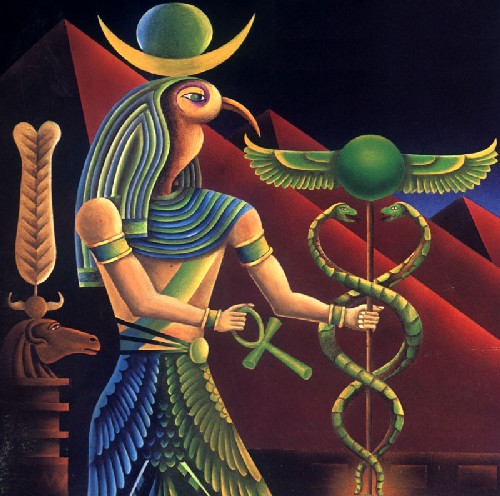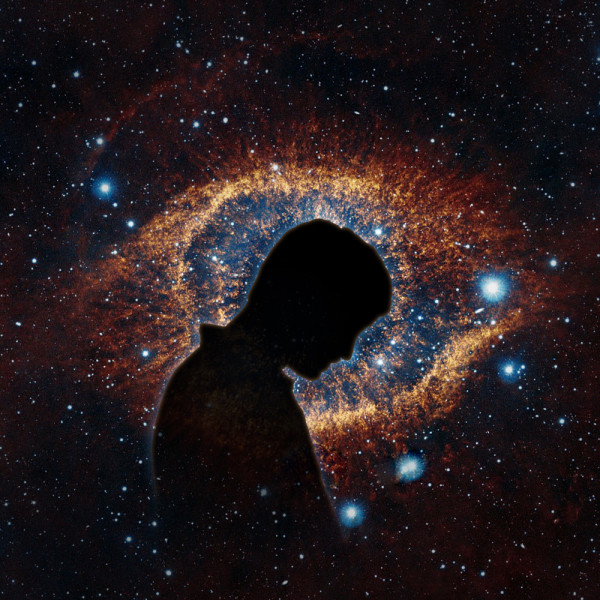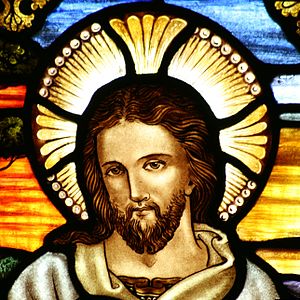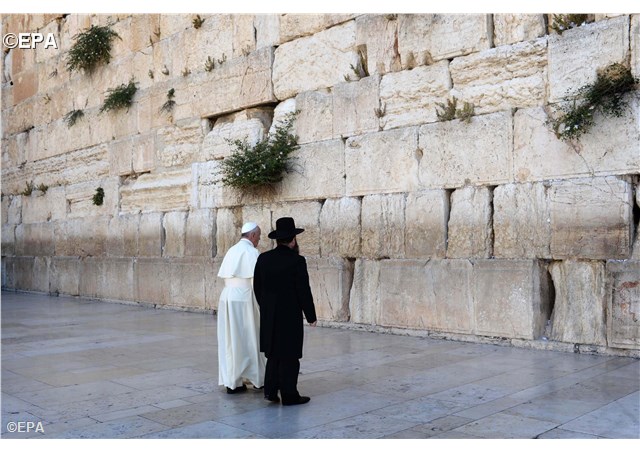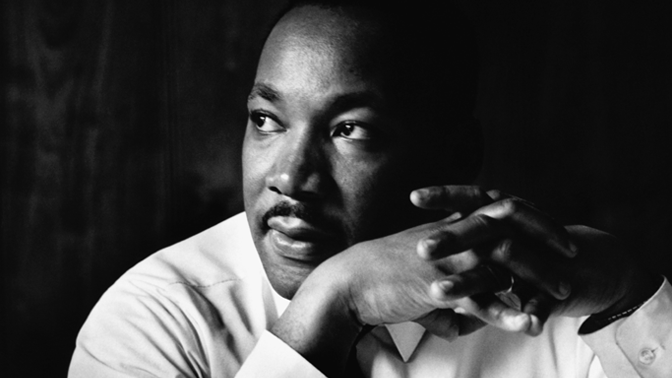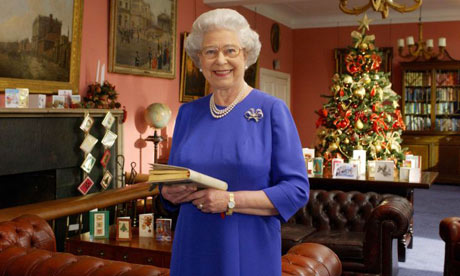While it is probable that the Order of the Round Table had its distinctive rituals and symbols, the knowledge of them has not survived the ages. Elias Ashmole, in his volume on the Order of the Garter, inserted a double-page plate showing the insignia of all the orders of knighthood, the block set aside for the symbol of the Round Table being left blank. The chief reason for the loss of the symbolism of the Round Table was the untimely death of King Arthur upon the field of Kamblan (A.D. 542) in the forty-first year of his life. While he destroyed his bitter enemy, Mordred, in this famous battle, it cast him not only his own life but the lives of nearly all his Knights of the Round Table, who died defending their commander.
p. 178
Within the last century several books have been published to supplement the meager descriptions in the Gospels of Jesus and His ministry. In some instances these narratives claim to be founded upon early manuscripts recently discovered; in others, upon direct spiritual revelation. Some of these writings are highly plausible, while others are incredible. There are persistent rumors that Jesus visited and studied in both Greece and India, and that a coin struck in His honor in India during the first century has been discovered. Early Christian records are known to exist in Tibet, and the monks of a Buddhist monastery in Ceylon still preserve a record which indicates that Jesus sojourned with them and became conversant with their philosophy.
Although early Christianity shows every evidence of Oriental influence, this is a subject the modern church declines to discuss. If it is ever established beyond question that Jesus was an initiate of the pagan Greek or Asiatic Mysteries, the effect upon the more conservative members of the Christian faith is likely to be cataclysmic. If Jesus was God incarnate, as the solemn councils of the church discovered, why is He referred to in the New Testament as “called of God an high prim after the order of Melchizedek”? The words “after the order” make Jesus one of a line or order of which there must have been others of equal or even superior dignity. If the “Melchizedeks” were the divine or priestly rulers of the nations of the earth before the inauguration of the system of temporal rulers, then the statements attributed to St. Paul would indicate that Jesus either was one of these “philosophic elect” or was attempting to reestablish their system of government. It will be remembered that Melchizedek also performed the same ceremony of the drinking of wine and the breaking of bread as did Jesus at the Last Supper.
George Faber declares the original name of Jesus was Jescua Hammassiah. Godfrey Higgins has discovered two references, one in the Midrashjoholeth and the other in the Abodazara (early Jewish commentaries on the Scriptures), to the effect that the surname of Joseph’s family was Panther, for in both of these works it is stated that a man was healed “in the name of Jesus ben Panther.” The name Panther establishes a direct connection between Jesus and Bacchus–who was nursed by panthers and is sometimes depicted riding either on one of these animals or in a chariot drawn by them. The skin of the panther was also sacred in certain of the Egyptian initiatory ceremonials. The monogram IHS, now interpreted to mean Iesus Hominum Salvator (Jesus Savior of Men), is another direct link between the Christian and the Bacchic rites. IHS is derived from the Greek ΥΗΣ, which, as its numerical value (608) signifies, is emblematic of the sun and constituted the sacred and concealed name of Bacchus. (See The Celtic Druids by Godfrey Higgins.) The question arises, Was early Roman Christianity confused with the worship of Bacchus because of the numerous parallelisms in the two faiths? If the affirmative can be proved, many hitherto incomprehensible enigmas of the New Testament will be solved.
It is by no means improbable that Jesus Himself originally propounded as allegories the cosmic activities which were later con fused with His own life. That the Χριστός, Christos, represents the solar power reverenced by every nation of antiquity cannot be controverted. If Jesus revealed the nature and purpose of this solar power under the name and personality of Christos, thereby giving to this abstract power the attributes of a god-man, He but followed a precedent set by all previous World-Teachers. This god-man, thus endowed with all the qualities of Deity, signifies the latent divinity in every man. Mortal man achieves deification only through at-one-ment with this divine Self. Union with the immortal Self constitutes immortality, and he who finds his true Self is therefore “saved.” This Christos, or divine man in man, is man’s real hope of salvation–the living Mediator between abstract Deity and mortal humankind. As Atys, Adonis, Bacchus, and Orpheus in all likelihood were originally illumined men who later were confused with the symbolic personages whom they created as personifications of this divine power, so Jesus has been confused with the Christos, or god-man, whose wonders He preached. Since the Christos was the god-man imprisoned in every creature, it was the first duty of the initiate to liberate, or “resurrect, ” this Eternal One within himself. He who attained reunion with his Christos was consequently termed a Christian, or Christened, man.

Moe is the founder of GnosticWarrior.com. He is a father, husband, author, martial arts black belt, and an expert in Gnosticism, the occult, and esotericism.

